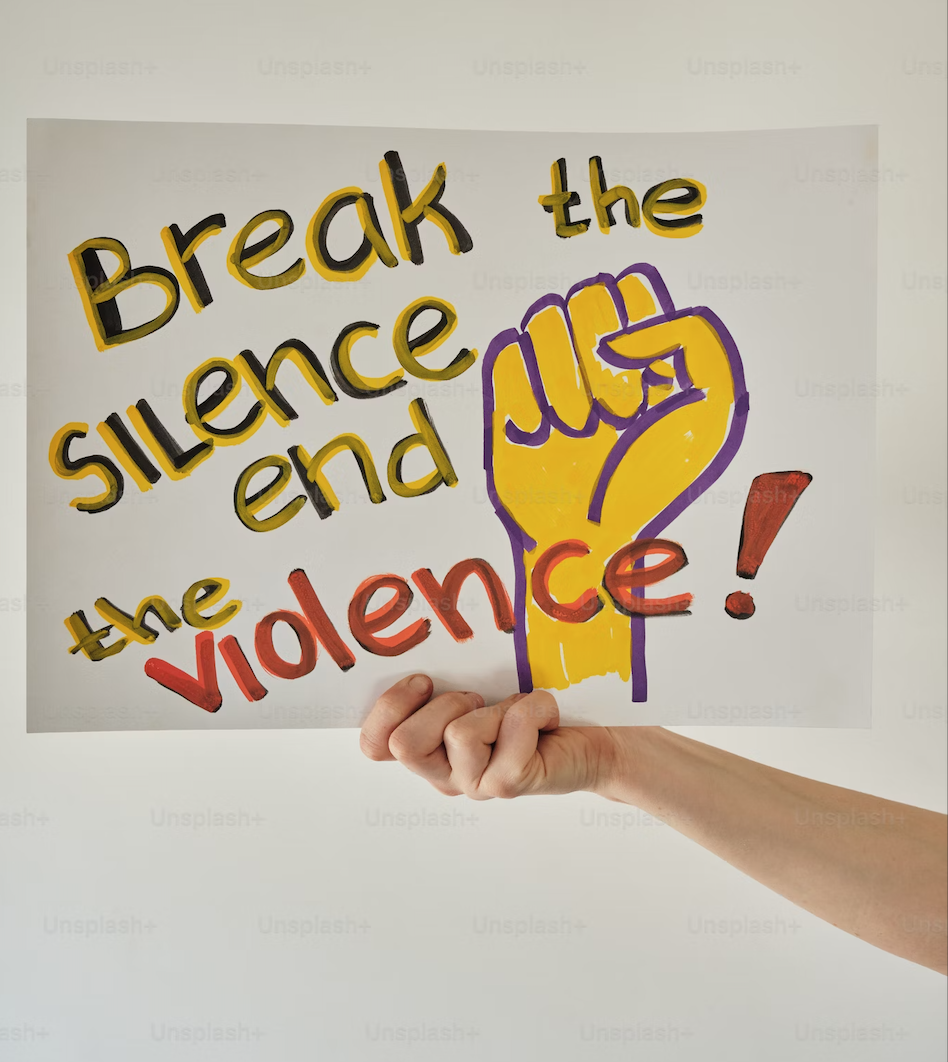Confronting Sexual Violence in Educational Institutions
Content Warning: References to sexual harassment and assault
Photo by Unsplash
College, an exciting chapter of freedom, growth, and opportunity, can swiftly turn into a nightmare and, for some, a site of profound trauma. Sexual violence on college campuses is an issue that affects as many as one in four female undergraduate students today. Furthermore, the issue also impacts those of the LGBTQ+ community, such as non-binary and gender-questioning students. It’s been highly expressed how this issue is widespread, and only 20 percent of female student victims aged 18 to 24 report to law enforcement. Sexual violence and harassment is no new act but rather an issue that has been present throughout history, left unchecked and unresolved.
Traveling back to the 18th century, when American slavery was at its peak, enslaved women were constantly being coerced into sexual acts. Without having a legislative voice to protect them, nothing could be done on a legal level.
When the 20th century rolled around, women could finally enter the manufacturing industry and work in factories. In the workplace, however, they were physically and verbally harassed by their male co-workers and supervisors. According to Time Magazine, the only solution that overseers could come up with at the time was simply for women to quit their jobs if “they could not handle the inevitable sexual advances.”
On Oct. 15, 2017, the #MeToo movement led by Tarana Burke finally began the significant steps toward progress. Burke, a Black civil rights activist, first discovered the phrase “Me Too” in 2006 as part of her efforts to support survivors of sexual violence, specifically young women of color from underprivileged communities. The movement soon reached a global stage on social media due to actress Alyssa Milano, who popularized the hashtag, encouraging survivors to share their stories on social media. It helped many women gain the courage to seek support and stand against sexual violence without having to feel alone. Although the battle may have been won, the war continues, sadly, in places such as schools.
Sexual violence has become much too common in college environments, as highlighted by recent incidents at institutions like Louisiana State University (LSU) and Pennsylvania State University. A report in USA Today said that at LSU, a Title IX lawsuit revealed systemic failures in addressing sexual assault claims, resulting in a $100,000 settlement for a student who experienced assault and a lack of institutional support. This case exposed flaws in LSU's reporting and response systems, prompting calls for accountability and reform.
However, cases like this highlight the ongoing challenge of ensuring justice is served and protecting survivors in a culture where stories like these are often silenced. As more stories rise to the surface, the need for colleges to enforce strict policies that prioritize survivor support, create safe reporting systems, and address the broader cultural factors enabling such violence is more important than ever. Institutions can take meaningful steps toward fostering safer environments by learning from these failures.
Sexual violence on college campuses is not just an individual problem but a systemic issue rooted in historical oppression, societal silence, and institutional failures. While movements like #MeToo have made strides in empowering survivors to share their stories, the battle is far from over. It is crucial for all universities to take meaningful steps to create safe environments by implementing effective policies, prioritizing support for victims, and fostering a culture of respect and accountability. It is only through collective action and commitment that campuses can transform from places of fear into spaces where growth and opportunity are found.

